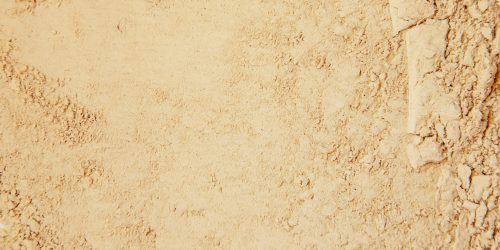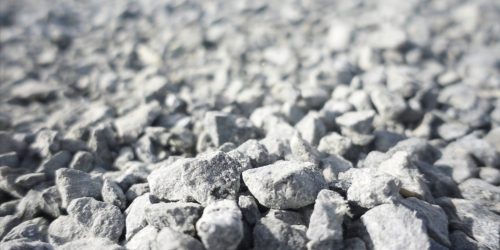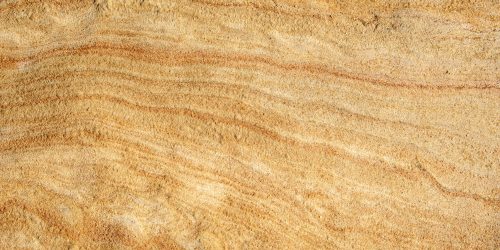
Limestone does more than fill space. It holds weight, drains water, and earns trust.
For generations, builders have leaned on crushed limestone to shape roads, homes, and businesses that stand the test of time. It’s not just rock; it’s reliability. However, not all limestone is created equal, and selecting the wrong type can result in soft spots, standing water, or surfaces that shift when they should remain solid.
Too fine, and your base might sink. Too coarse, and it won’t compact properly. Choose right, and your foundation becomes one less thing to worry about. That’s where we come in.
As a trusted supplier of high-quality construction materials, ASR Materials has helped countless builders, contractors, and property owners select limestone that performs well in the United States’ challenging climate, resisting erosion, draining quickly during heavy rains, and standing firm under pressure.
 Why Choose Crushed Limestone?
Why Choose Crushed Limestone?
When it comes to building materials, crushed limestone stands in a class of its own — proven, practical, and packed with benefits. Limestone forms when shells, coral, and microscopic sea life settle on ancient ocean floors and slowly harden into stone rich in calcium carbonate. Because calcium carbonate is alkaline, limestone resists acid rain and bonds firmly when compacted.
Crushing breaks the rock into angular fragments that interlock with one another, while screening separates the pieces by size. Each size class receives a grade number, and that code tells you exactly how the material will behave after it leaves the yard.
Below are the grades most homeowners and contractors encounter, along with the work each handles best:
- #610 Crushed Limestone: Ideal for foundations and base layers, excellent compaction and support.
- #57 Washed Limestone: Perfect for drainage trenches and top layers, balances form and function.
- #8 Limestone: Great for water management and French drains.
- #3×1 & #4 Limestone: Suited to roadbeds and driveway bases for heavy traffic.
- #78 & #67 Limestone: Versatile all-purpose stone for general construction and landscaping.
- #89 Limestone & 1/4×0: Fine screenings for decorative finishes and fine leveling.
- Pulverized agricultural lime: A flour-fine powder spread to sweeten acidic soil, not for structural fill.
If a supplier lists a highway code alongside a grade, that simply means the batch meets federal or state specifications, nothing mysterious, just transparent quality control.
One of limestone’s most significant advantages is its ability to manage water. It prevents pooling, encourages runoff, and supports proper site drainage, especially in areas prone to flooding or erosion.
Quality Checks For The Best Limestone
Good limestone is well-graded, meaning the stones are uniform in size and sorted according to specific construction standards. Poorly graded limestone can lead to uneven compaction, drainage issues, or premature cracking. Always confirm that the grade you’re getting matches the purpose (e.g., ¾” for base layers, finer grades for top finishes).
First, scoop a handful from a supposedly clean grade and let it fall. A light mist is acceptable; a billowing cloud means excess dust that can seal drains or track indoors.
Second, inspect the stones. Check if they are fresh, sharp faces that complement each other. Smoothed or rounded ones hint at over-tumbling or recycled concrete that never grabs as tightly.
Third, ask for a mineral analysis. High-calcium rock keeps its pale color, reflects sunlight, and resists chemical breakdown, helping surfaces stay bright through storm seasons.
Limestone should be slightly damp, but not soaked. If it’s too dry, it might kick up dust and not bind well. Too wet, and it becomes heavy, hard to spread, and prone to compact poorly. The right balance leads to better handling and more effective results.
Always ask where the limestone is coming from!!
A reliable quarry and experienced supplier will provide consistent quality across every batch. They will also be more likely to follow best practices in crushing, grading, and delivery, saving you from surprises on-site.
Source Your Limestone Locally
In construction, where you source your materials is just as important as what you’re building. And when it comes to crushed limestone, buying local isn’t just convenient, it’s an innovative business.
Local quarries also understand the quirks of nearby soil, rainfall patterns, and permitting offices. A brief conversation with a good contractor can reveal insights that no printed brochure can convey.
Figuring out how much limestone you need is simple arithmetic:
- Measure length and width in feet.
- Decide on finished depth, two inches for walkways, up to six inches for driveways, and eight or more for heavy-equipment pads.
- Convert depth to feet by dividing inches by twelve.
- Multiply length, width, and depth to find cubic feet.
- Divide by twenty-seven to convert to cubic yards.
- Add ten percent for compaction and irregular corners.
For example, a twenty-by-sixty-foot drive, four inches deep, contains 20 × 60 × (4 ÷ 12) = 400 cubic feet. Divide by 27 and round to the nearest cubic yard so you aren’t scraping for crumbs at dusk.
Do you need to inspect the product before making a purchase? Would you like to speak with someone in person about your order? With ASR Materials, you can see, touch, and verify the material yourself before making a big commitment. There’s no guessing or blind trust; you know exactly what you’re getting.
Surface Color And Heat
Limestone spans pearl white to warm buff, each shade carrying its own thermal and visual perks. Pale chips bounce up to 30% of midday sun, dropping surface temps by double-digit degrees, so pets stay comfortable and kids can roam barefoot without scalds.
That same reflectivity brightens driveways after dusk—headlights and porch lamps travel farther, trimming the number of fixtures you need and the bugs they attract. Lighter stone also lessens heat-island stress on nearby turf and shrubs, helping them hold moisture longer. Tell ASR the look and load you need; they’ll blend the proper gradation and tint so your project stays cooler, safer, and easy on the power bill.
Regular Routine Care For Crushed Limestones
Upkeep is straightforward. Clear leaves so water drains, rake displaced stones back into tracks, and top low spots with fresh screenings each spring. If weeds sprout, pour boiling water or plain vinegar to wilt them without harsh herbicides.
On commercial lots, plan a thin overlay every five years to restore the crown and prevent puddles. Rural roads built on limestone bases often carry school buses and grain trucks for decades without complete rebuilds.
In rainy areas, schedule deliveries during a dry period to prevent heavy trucks from rutting the subgrade soil. Where winter freezes hard, compact the first lift slightly damp so fines migrate downward, then pause a day before adding the next layer to avoid frost heave.
In hot southern regions, a dawn sprinkle binds dust without turning the surface to paste. Limestone’s alkalinity even neutralizes mild acids, offering bonus durability in coastal zones where salty spray or sulfur-bearing soil can corrode lesser aggregates.
Common Mistakes To Avoid When Choosing A Limestone Material
Many DIYers just grab the cheapest bag of “crushed limestone” without checking the grade. Too fine (screenings) won’t lock together for a stable base; too coarse (large gravel) feels awkward underfoot and won’t compact smoothly. Always match the particle size (#610, #57, #8, etc.) to your project’s needs.
If water management is important, driveway shoulders, garden beds, and French drains, skipping open-graded stone (#57 or #8) leads to pooling, erosion, and freeze-thaw damage. Emphasize using a blend that encourages water flow.
Add to that list:
- Skipping drainage planning. Even the right rock fails if water can’t leave the site.
- Omitting a geotextile barrier. A fabric layer prevents clay or silt from seeping into your stone and compromising its load-bearing strength.
- Using the wrong moisture. Limestone that’s bone-dry or water-logged won’t compact evenly.
- Neglecting perimeter restraint. Edges left loose migrate under traffic and wind up in the lawn.
ASR Materials guides customers through gradation, depth, moisture, and site preparation, ensuring that none of these pitfalls infiltrate your project. All “crushed limestone” isn’t created equal; dust content, hardness, wash level, and local geology vary.
We recommend sampling a handful, confirming the wash status (washed vs. unwashed), and requesting material specifications before making a purchase.
 Consider Aesthetics & Color
Consider Aesthetics & Color
In hurricane country, a well-graded #57 or #4 limestone from ASR Materials is both armor and insurance. Its angular faces interlock, giving driveways and parking lanes the shear strength to resist washouts; if a surge shifts a section, crews can rake the rock back to grade in minutes instead of jackhammering cracked asphalt.
Crushed limestone is more than structural; it shapes the feel of your space. The rock’s irregular pores swallow the hiss of tires and footfalls, giving patios, paths, and entry aprons a hushed ambiance that elders and clients appreciate.
Its soft ivory-to-buff palette pairs effortlessly with cedar, stucco, adobe, or modern steel and gradually lightens, making new plantings pop against a consistent backdrop. After a summer shower, the stone releases a clean riverbed scent that never dates, while ASR mixes and delivers the exact gradation to preserve that effect. That sensory blend keeps landscapes elegant for decades.
Choosing A Supplier Who Listens
ASR Materials is South Florida’s long-time one-stop yard for construction and landscape aggregates. Instead of just quoting tonnage, our team starts by asking about soil chemistry, expected loads, drainage, and local codes, then custom-mixes the right sand, rock, or topsoil for the job.
A dedicated fleet delivers the exact amount the same day, timing drop-offs around quiet hours or incoming storms, and adjustable truck gates place material where you need it, sparing hours of rake work. That depth of consultation, combined with precision logistics, is why builders and landscapers say ASR is the supplier who truly listens.
Do you have questions about grade, depth, or delivery timing?
Call ASR Materials today at 305-477-2622, email info@asrmaterials.com or visit 11901 NW 58 St, Miami, FL 33178 (Mon–Fri 6:30 AM–4 PM) and get the answers you need in one stop.
LOOKING FOR THE BEST SUPPLIER IN SOUTH FLORIDA?
YOU FOUND US, ASR MATERIALS.
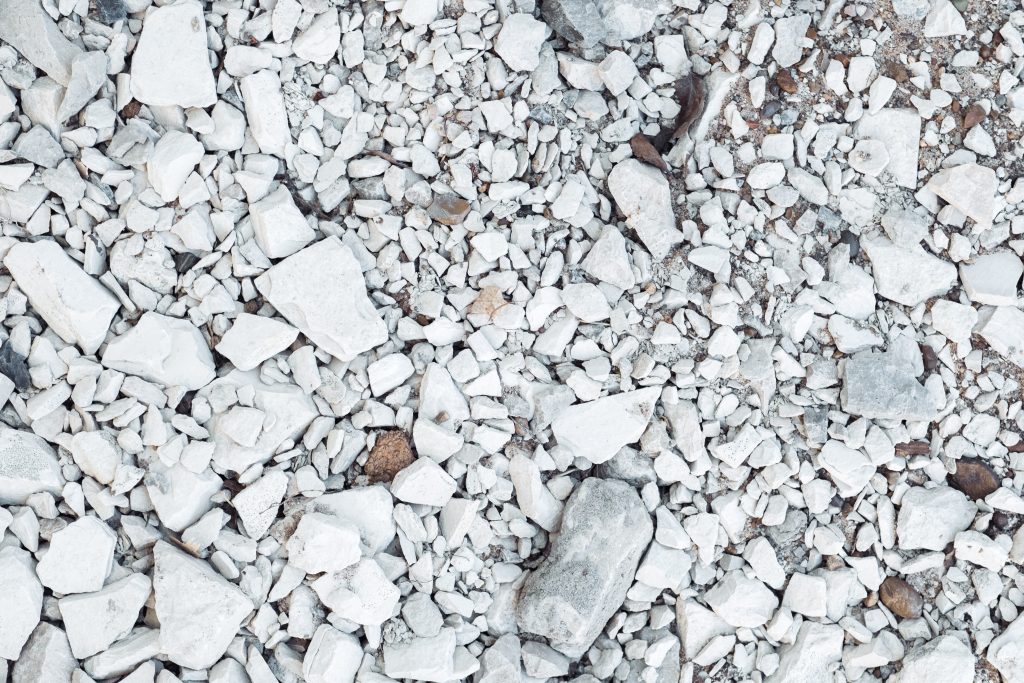 Why Choose Crushed Limestone?
Why Choose Crushed Limestone? 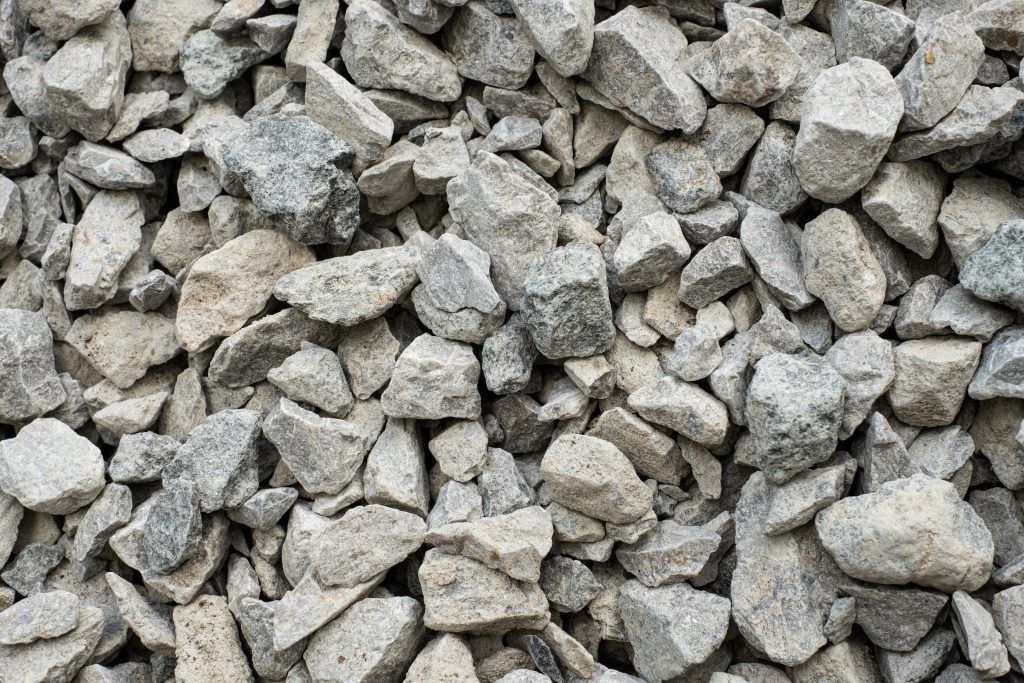 Consider Aesthetics & Color
Consider Aesthetics & Color